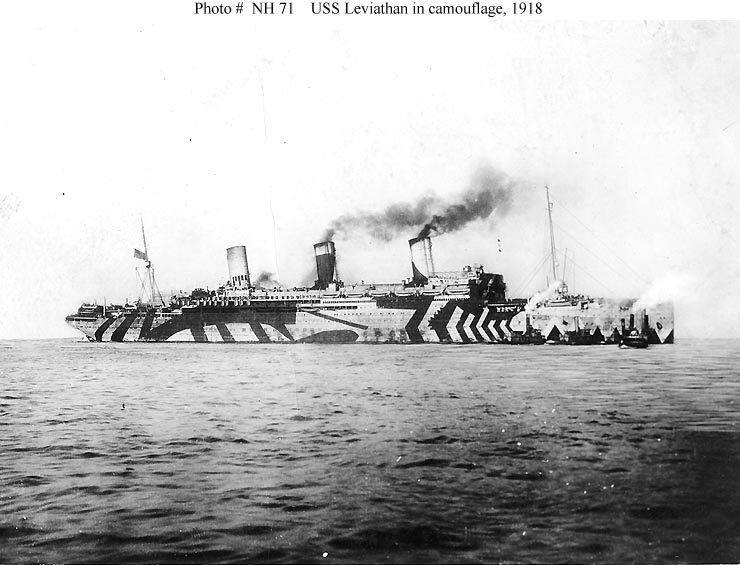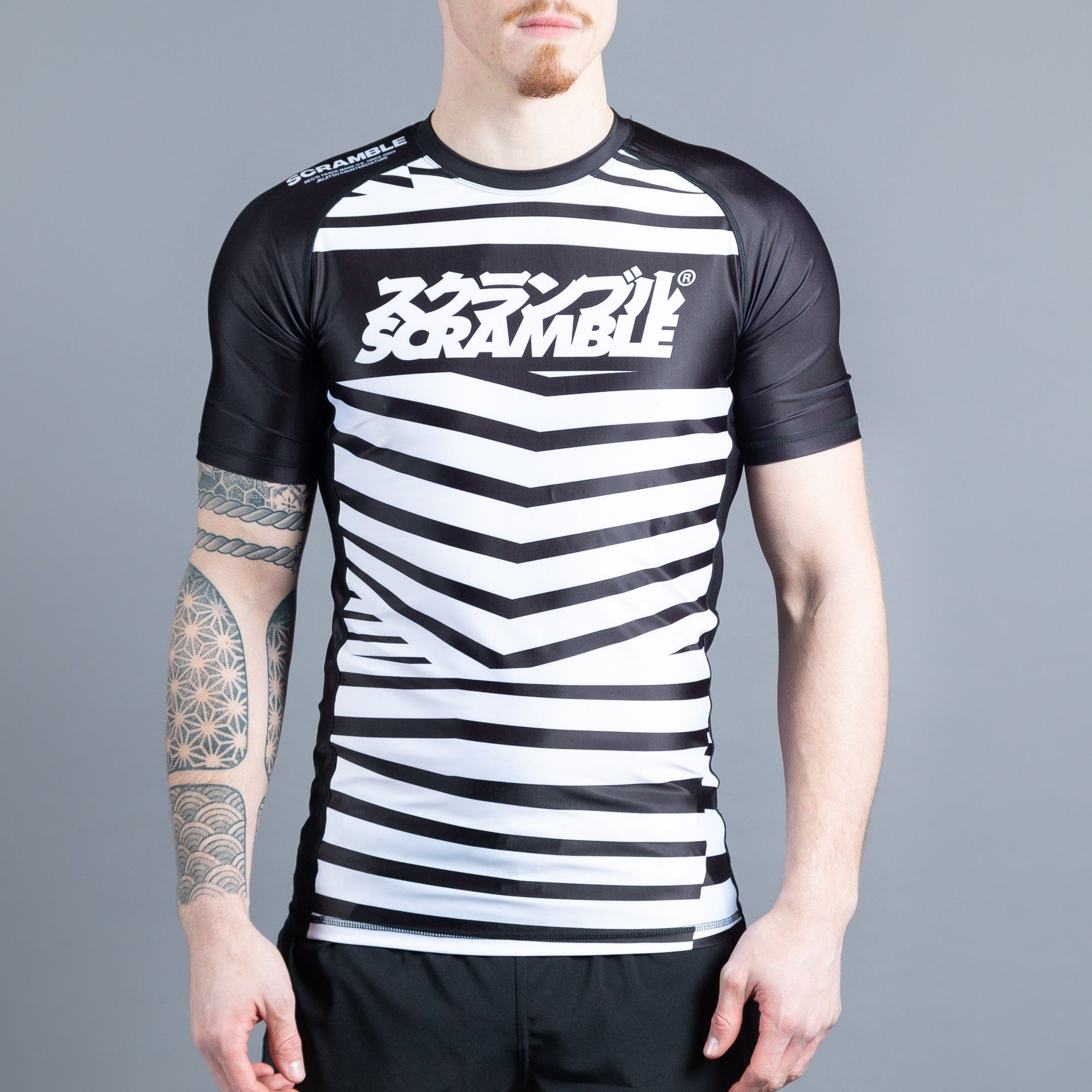
Also, the introduction of effective air power made dazzle painting problematic, as it increased the ship's visibility to aircraft. Thanks, Aidan.)Īt the end of the the First World War, dazzle painting was discontinued, as the admirals had never really liked painting their ships in such an un-military fashion.

(Aidan Hall sent me a colorized photo which gives a great idea of how these ships would have looked in real life. If you compare the colored drawing with the black and white photograph of the ship "War Clover", you can get an idea of how much we are missing. Imagine sailing across the North Atlantic surrounded by dozens of brightly painted ships, each in different colors and patterns. People who witnessed convoys of dazzle painted ships reported that the scene was quite dramatic. It is unfortunate that there are no color photographs of these WWI ships. (Note that the designs for opposite sides of the ship can be quite different from one another.) Even the great passenger liners were camouflaged for the duration of the War.

As the war progressed, standard patterns were devised and applied to large numbers of ships. Early in the war, designs were drawn for individual ships, with each ship having its own distinctive pattern (see the drawings at left). Biddle's thesis is available in the library of Hereford College of Arts, Hereford, Herefordshire, UK, 2008.Īrtists were enlisted to draw up the camouflage designs. Much poor reportage has been forthcoming on this assuming that the art movement of the time was responsible.

Only after many trials of differing patterns and combination of colours did the Royal Navy go ahead with the dazzle idea. there is no connection to cubism nor to abstract artistic movements of the time such as Futurism and Vorticism. I have recently (2009) received conflicting information from Colin Biddle, who wrote his thesis on dazzle painting. UPDATE: Most references report that dazzle painting designs were derived from the artistic fashions of the time, particularly cubism. The British called this camouflage scheme "Dazzle Painting." The Americans called it "Razzle Dazzle." Instead of trying to conceal the ship, it simply broke up its lines and made it more difficult for the U-boat captain to determine the ship's course. A British artist and naval officer, Norman Wilkinson, promoted a new camouflage scheme. Any color scheme that was concealing in one situation was conspicuous in others. All attempts to camouflage ships at sea had failed, as the appearance of the sea and sky are always changing. In addition, results from those conditions most similar to those of published studies replicated previous results, indicating that targets with stripes parallel to the direction of motion are harder to track, and that this pattern interacts with the confusion effect to a greater degree than background matching or orthogonal-to-motion striped patterns.During World War I, the British and Americans faced a serious threat from German U-boats, which were sinking allied shipping at a dangerous rate. However, we found no evidence that motion dazzle camouflage patterns reduced oddity effects based on this variation in speed, a result that may be informative about the mechanisms behind this form of defensive coloration. We found that variation in speed increased the ease with which participants could track targets in all conditions. The current experiment investigated the possibility that such patterns could ameliorate the oddity effect caused by within-group differences in prey speed. However, dazzle camouflage patterns are thought to interfere with predator perception of speed and trajectory. This is because individual speed may become a parameter through which the observer can individuate otherwise similar targets: an ‘oddity effect’. Departure from the speed of your neighbours in a group may be predicted to undermine the confusion effect. This simplification may not generalize well to real animal systems, where a number of factors influence both within- and between-individual variation in speed. However, research into the benefits of dazzle camouflage has largely used targets moving with constant speed. The formation of groups is a common strategy to avoid predation in animals, and recent research has indicated that there may be interactions between some forms of defensive coloration, notably high-contrast ‘dazzle camouflage’, and one of the proposed benefits of grouping: the confusion effect.


 0 kommentar(er)
0 kommentar(er)
